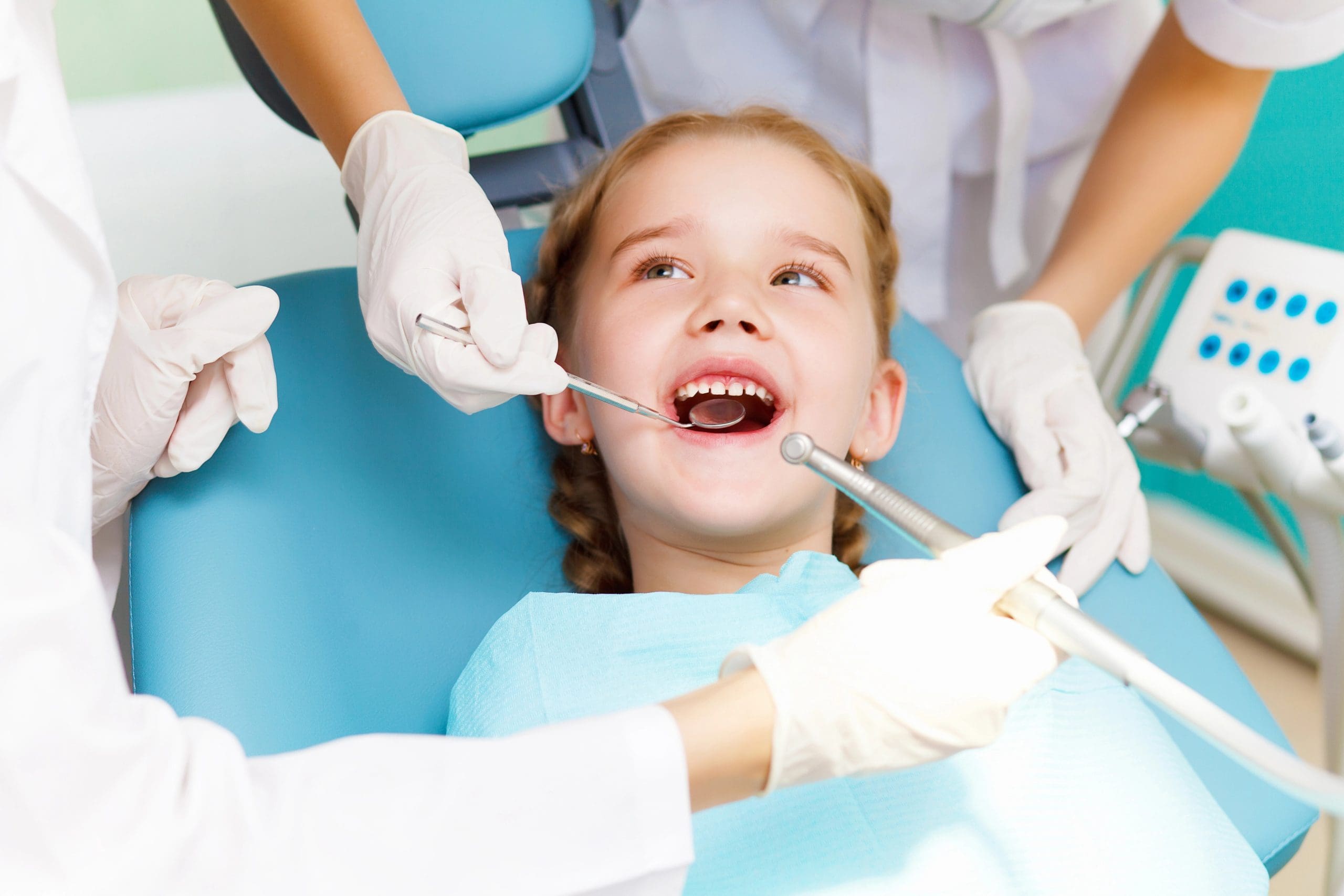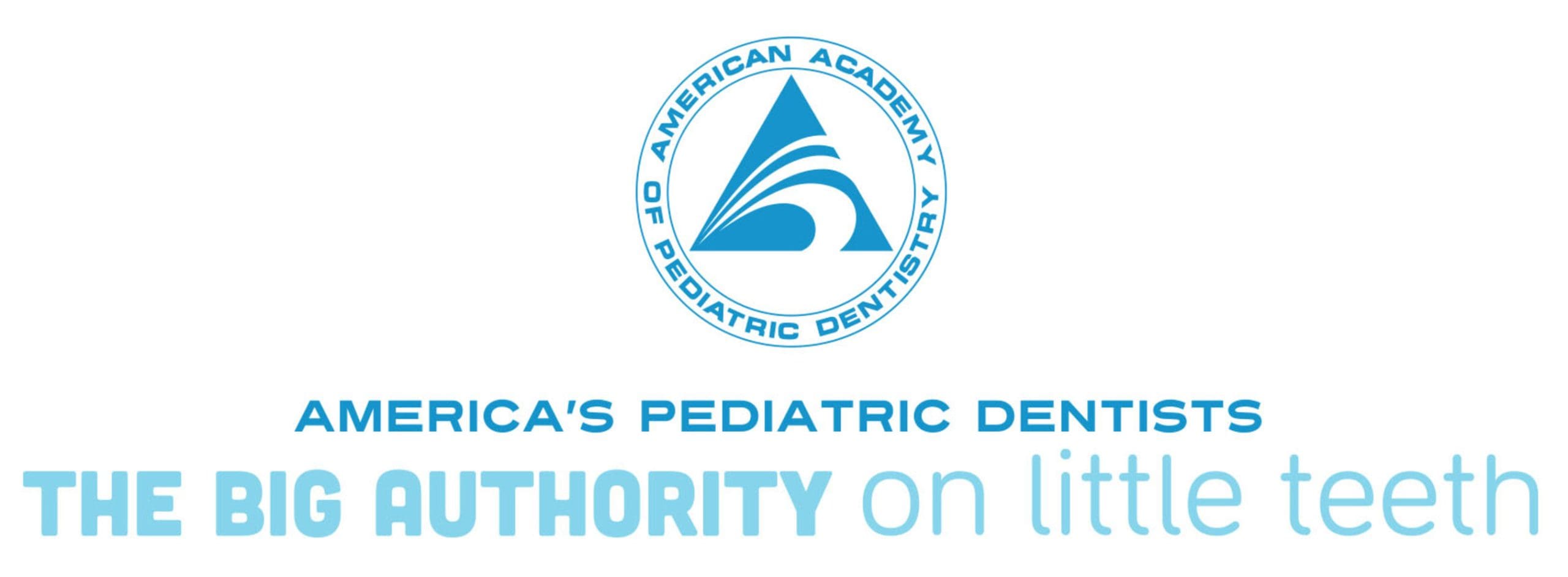What are space maintainers for children, and why are they important? Space maintainers for children are dental devices used to hold open the space left by a lost baby tooth until the permanent tooth erupts, ensuring proper alignment and spacing in the child’s mouth.
Space maintainers for children
Space maintainers for children are essential dental devices used to hold the space for permanent teeth when a child loses a baby tooth prematurely. These devices ensure that the surrounding teeth do not shift into the empty space, which can lead to misalignment and other dental issues. By maintaining the proper spacing, these devices help in guiding the permanent teeth to erupt in their correct positions.
The primary purpose of space maintainers for children is to prevent future orthodontic problems that can arise from early tooth loss. They play a crucial role in ensuring that the child’s dental development proceeds smoothly and without complications. For more detailed information on how these devices function, you can read our article on How do space maintainers work?.
Types of Space Maintainers
Space maintainers for children come in various forms, each designed to address specific dental needs. The most common types include fixed and removable space maintainers. Fixed space maintainers are cemented onto the teeth and can only be removed by a dentist, making them a reliable option for maintaining space in the mouth. Removable space maintainers, on the other hand, can be taken out by the child or parent, offering more flexibility but requiring consistent wear to be effective.
Another distinction among space maintainers for children is between unilateral and bilateral devices. Unilateral space maintainers are used when only one side of the mouth needs attention, while bilateral space maintainers are designed to manage space on both sides. These devices play a crucial role in ensuring that permanent teeth have enough room to grow properly, preventing potential orthodontic issues down the line. For more information on this topic, visit our page on Space Maintainers near Lincolnton.
When to Use Space Maintainers
Space maintainers for children are typically used when a child loses a primary tooth prematurely due to decay, injury, or other reasons. The main purpose of these devices is to hold the space open to allow the permanent tooth to erupt properly. Without space maintainers for children, the surrounding teeth may shift into the empty space, potentially leading to misalignment and other dental issues as the child grows.
Benefits of Space Maintainers
Space maintainers for children play a crucial role in ensuring proper dental development. When a child loses a primary tooth prematurely, space maintainers help to hold the space open, allowing the permanent tooth to erupt correctly. This can prevent future dental issues such as overcrowding, misalignment, and the need for more extensive orthodontic treatments. By maintaining the necessary space, these devices support the natural growth and alignment of teeth, contributing to better oral health and a more confident smile. For more information on pediatric dental care, visit Alpine Pediatric Dentistry, your trusted Lincolnton Pediatric Dentist.
How space maintainers work
Space maintainers for children are dental devices used to hold the space open for permanent teeth when a child loses a baby tooth prematurely. These devices ensure that the surrounding teeth do not shift into the empty space, which can cause alignment issues and complicate future dental development. By maintaining the proper spacing, space maintainers for children help guide the permanent teeth into their correct positions, promoting healthier dental growth and reducing the likelihood of more complex orthodontic treatments later on.
Common Issues with Space Maintainers
While space maintainers for children are highly effective in preserving the necessary space for permanent teeth, they can sometimes present a few common issues. One of the primary concerns is discomfort or irritation in the child’s mouth, which can occur if the device is not fitted properly. Additionally, there is a risk of the space maintainer becoming loose or dislodged, especially if the child frequently chews on hard foods or objects. Poor oral hygiene can also lead to plaque buildup around the space maintainer, increasing the risk of cavities and gum disease. Regular dental check-ups are essential to monitor the condition and fit of space maintainers for children, ensuring they function as intended without causing additional problems.
Space Maintainer Care Basics
Proper care for space maintainers for children is crucial to ensure their effectiveness and longevity. Parents should encourage their children to maintain good oral hygiene by brushing and flossing regularly, paying special attention to the area around the space maintainer. It’s important to avoid sticky or hard foods that could dislodge or damage the device. Regular dental check-ups are essential to monitor the space maintainer’s condition and make any necessary adjustments. By following these care guidelines, space maintainers for children can effectively preserve the space needed for permanent teeth to emerge correctly.
Duration of Space Maintainer Use
The duration of space maintainer use for children varies depending on individual dental needs and the specific situation. Typically, space maintainers for children are used until the permanent teeth are ready to erupt, which can range from a few months to a few years. Regular dental check-ups are essential to monitor the progress and ensure that the space maintainer is functioning correctly. Your child’s dentist will provide a tailored timeline based on their unique dental development, ensuring optimal oral health and proper alignment of incoming permanent teeth.
Alternatives to Space Maintainers
While space maintainers for children are a common solution to prevent dental issues caused by premature tooth loss, there are alternative methods that can be considered. One such alternative is the use of orthodontic appliances, which can help guide the growth of permanent teeth into their correct positions. Additionally, regular dental check-ups and cleanings can play a crucial role in monitoring the development of a child’s teeth and addressing any potential issues early on. In some cases, natural space closure may occur without the need for intervention, depending on the child’s age and the specific dental situation. Consulting with a pediatric dentist can provide personalized recommendations tailored to each child’s unique needs.
Conclusion
Understanding space maintainers for children is crucial for their dental health. For more information, call 704-479-6777 or read our Google reviews.





